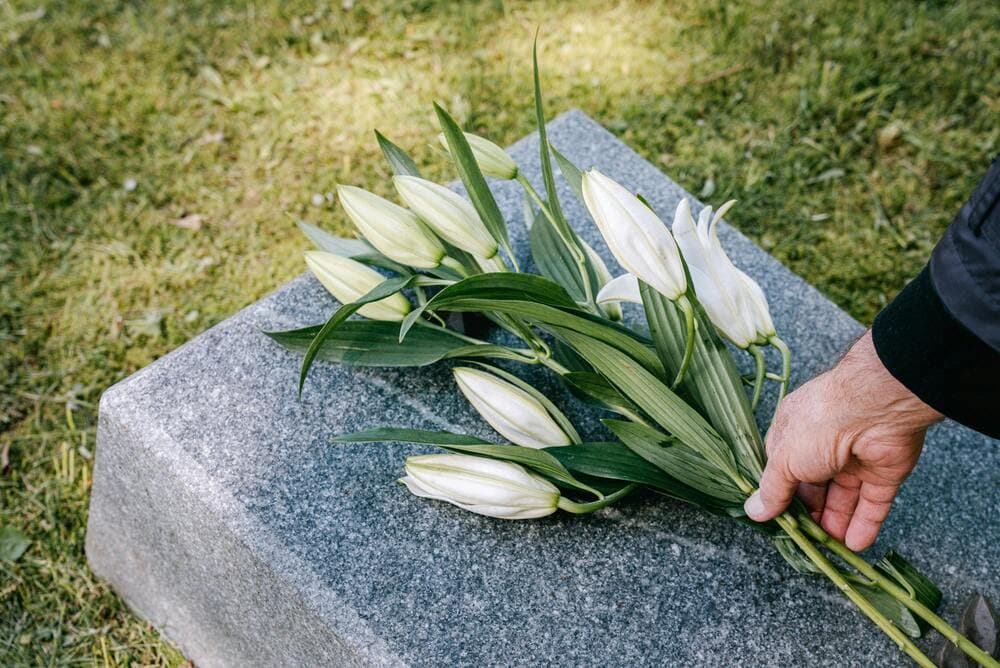
The immediate aftermath of losing a loved one in Singapore brings with it a series of necessary procedures, beginning with officially reporting the death. Understanding how to navigate this process, from obtaining the initial death certification to the subsequent registration, is crucial for families during an already difficult time.
To ease the burden and provide clarity, here are the initial administrative steps you should take to report a death in Singapore.
1. Obtaining Death Certification from a Doctor
The first step in the process is obtaining official certification from a doctor. Typically, this occurs at the location where the death took place. Whether the passing happened in a medical facility or at home, a doctor has to examine the deceased to confirm and certify the death.
Following the examination, the doctor will either issue a digital Certificate of Cause of Death (COD) or, more commonly now, directly notify the relevant authorities online about the death. To facilitate this, the doctor will require specific information, including the deceased individual’s identification documents, the date and time of death, the precise location where the death occurred, and the apparent cause of death.
2. Automatic Death Registration in Singapore
The process for reporting a death in Singapore has become significantly streamlined. Once the doctor has certified the death, they will submit the necessary information directly to the Immigration & Checkpoints Authority (ICA). This initiates an automatic death registration process, eliminating the need for the next-of-kin to physically visit a death registry counter.
Following this online notification, a digital death certificate will be issued, and the next of kin will then need to download this digital document from the My Legacy website, typically within 30 days of the death certificate being issued. Note that obtaining this certificate promptly is crucial as it will be required for various subsequent arrangements, such as managing the deceased person’s estate or organizing the funeral service.
3. Downloading and Saving the Digital Death Certificate
After the death is officially registered, the digital death certificate becomes available for download via the MyLegacy portal. To access this document, you will need specific information:
- The deceased individual’s NRIC, FIN, or passport number
- The death document number provided by the doctor
- The date of death
It is important to download this digital certificate and save it securely on your personal device or storage. This digital copy will serve as the official record of death and will be required for various administrative tasks, including informing banks, insurance companies, and Singpass deactivation or other legal procedures.
4. Informing Relevant Authorities and Making Arrangements
Once you’ve obtained the death certificate, the next step involves informing various relevant authorities and institutions. This includes organizations such as the Central Provident Fund (CPF) Board, banks where the deceased held accounts, insurance companies for any existing policies, and other entities with whom the deceased had dealings.
In situations where the death occurred overseas, arranging a repatriation service to bring the deceased back to Singapore may be necessary. This also involves additional procedures and coordination with the relevant embassies or high commissions. Simultaneously, you will need to make arrangements for the funeral service.

During this challenging time, remember that taking these steps methodically, while difficult, is important for a smooth transition.
If you require support in navigating the complexities of funeral service arrangements, Ang Brothers Funeral Services is here to assist you with compassionate guidance.


